Climate Change is Here and Now
Article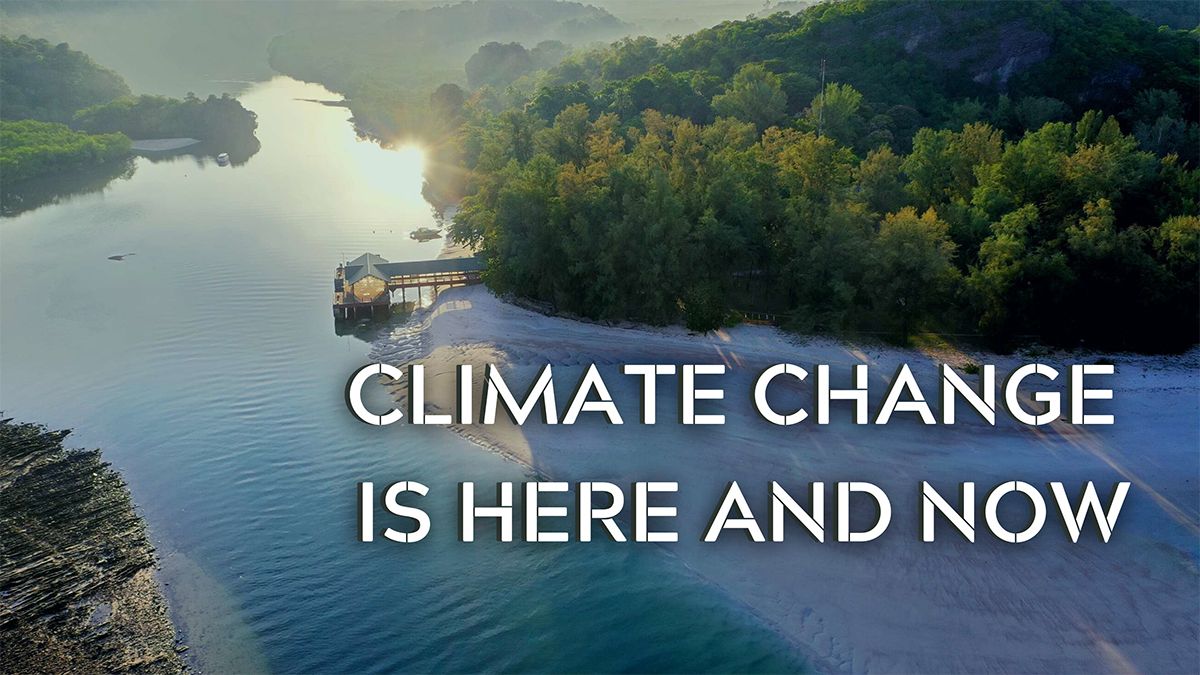
When we talk about the impact of climate change, we often refer to a more physical level, right?
Extreme weather events and water scarcity and storms and floods and things like that. However, what makes this particular report very unique is that this is the first time in IPCC history that a report talks about it.
Climate change is having a profound impact on the mental health of people as they're very anxious about their future.
This makes a lot of sense because around 40% of the world's population are classified as highly vulnerable to climate change impacts. And you know, this 40% could be me, this 40% could be you as well. And hence one can easily feel anxious about losing one’s life or the lives of loved ones, because of most people's ignorance.
This report provides a vast array of solutions to mitigate the impacts of climate change and urges people to implement nature-based solutions by establishing areas for local flora and fauna, green engineering, urban agriculture practices, and strengthening health security systems.
We should reduce our dependence on fossil fuels, of course, and in worst-case scenarios, at least 30% of all ecosystems on land, as well as in water are to be preserved in order to allow the planet to heal itself.

How policies are formed and the role of different stakeholders and policy formation.
It then has a much wider reach because NGOs and civil society are also playing a big role in influencing climate policy, and we flag an increasing role in climate litigation, which may not only affect governments but may affect private sector actors as well.
The first instalment of the Six Assessment report of IPCC — the Intergovernmental Panel of Climate Change — was released in August 2021, dealing with the physical science basis of climate change. The second report was released in February this year, and now finally we have the third instalment on mitigation.
Climate Change is a very important topic considering our current rates of emissions. It is now believed that the Earth’s temperature will increase by around 3 degrees Celsius by 2050, not 1.5˚C as earlier estimated.

What does Net-Zero Emission actually mean?
This is an important concept in relation to climate change, but what does it actually mean to stop global warming? We have to stop emitting greenhouse gases. However, it is easier said than done. At this point of time, it is impossible to completely eliminate emissions from all aspects of human activities. So, net zero essentially refers to the idea of actively balancing our greenhouse gas emissions through actions that remove greenhouse gases from the atmosphere, such as trees, oceans, carbon farming. So, for every molecule of greenhouse gas we put into the atmosphere, we sequester it, causing net emissions to be zero.
*************************************
IPCC AR6 WG2 report (28 Feb 2022)
The IPCC published the second part of the sixth major report on climate change. “This report emphasizes the impact of climate change, which affects societies, as well as biodiversity. And the interconnectedness between human civilization and natural ecosystems.”
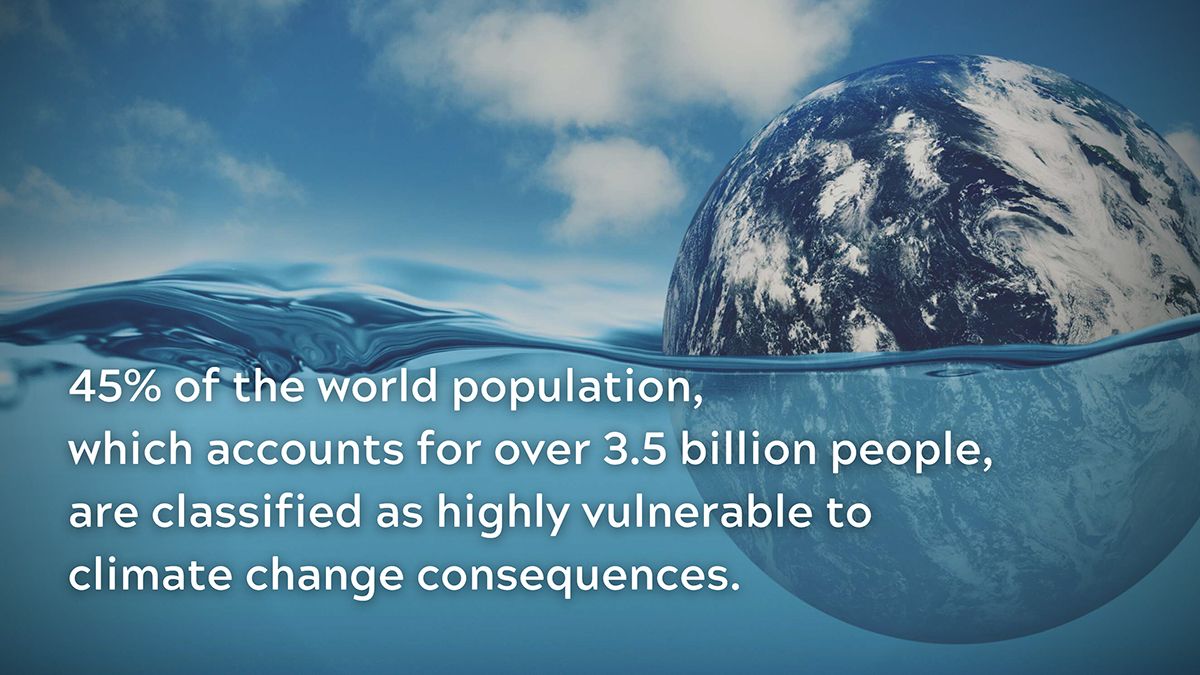
Some 45% of the world population — over 3.5 billion people — are classified as highly vulnerable to climate change consequences. The alarming thing about this report is that it is written in the present tense. This indicates that the impacts of climate change are not hypothetical or futuristic ideas, but it is something which is being experienced by many people on this planet as we speak. Although the consequences of climate change affect everybody around this globe, they do not affect everyone equally. The people who fundamentally rely on nature, such as indigenous people and low-income populations, are the worst hit, as they cannot financially cope with extreme weather events.
Climate change is not just an environmental issue anymore, it is also a justice issue. The poorest people that are responsible for the lowest emissions of greenhouse gasses will suffer the most, because of the actions of people living in urbanized environments.
If we keep emitting the way we are, the world is projected to get 2.5˚C hotter by the end of the century (year 2100). Things like coral bleaching and melting of ice sheets are irreversible beyond 1.5˚C of warming. It is estimated that 14% of species are at risk of extinction if increase in global temperatures exceeds 1.5˚C. And all of this biodiversity loss will fuel even more extreme weather events.
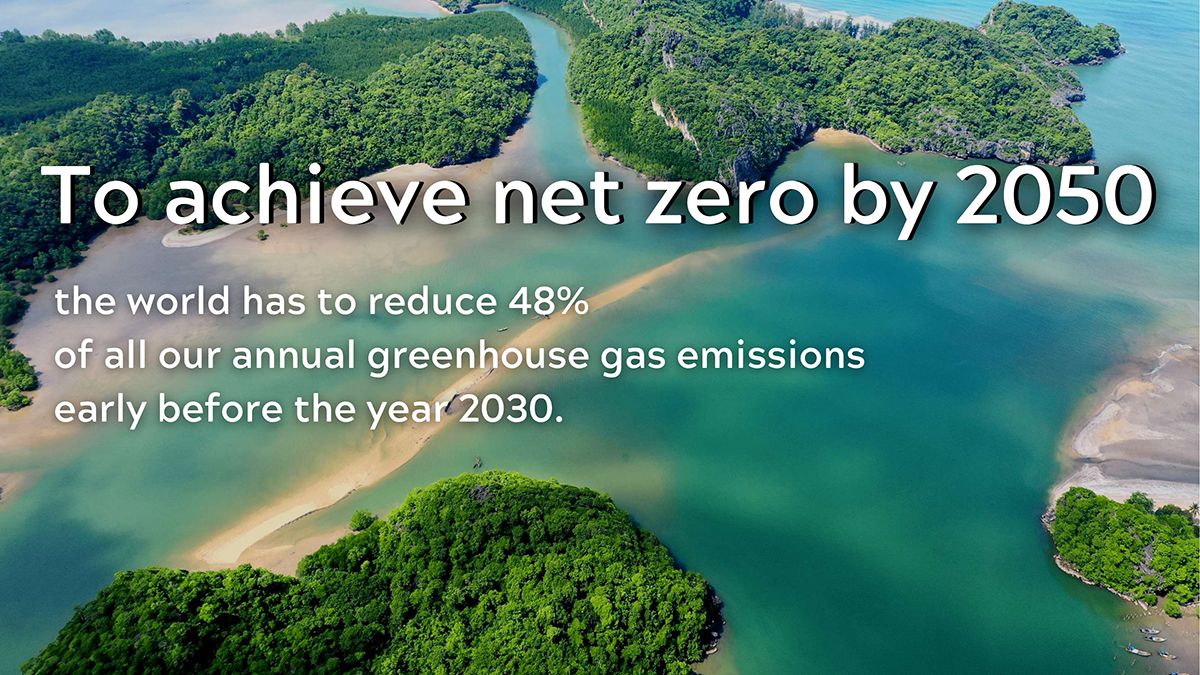
To achieve net zero by 2050, the world has to reduce 48% of all our annual greenhouse gas emissions early before the year 2030, which seems highly unlikely.
We do need ways of Carbon Dioxide Removal (CDR) through both natural and artificial methods, to achieve net zero as quickly as possible. But what this report emphasizes is the fact that greenhouse gas reduction is far more effective than greenhouse gas removal.
Fossil fuels must be must phased out, and alternatives such as solar and wind energy, green engineering, and electrification of vehicles is crucial.
The report also highlights the fact that there is very little that individuals can do. These sustainable changes can be brought about by policymakers, especially from those belonging to energy sector policy. As always in history, it has proved to be remarkably successful whenever implemented to bring sustainable change. The only real issue is that we need more of them and fast. Frankly, as far as my opinions are concerned, the three IPCC reports highlight nothing new. Because IPCC does not conduct its own research. It provides information based on existing research about climate change. By now it is already pretty obvious to all of us that we have to stop burning fossil fuels, replace them with sustainable methods of renewable energy, if we want to stop the earth from getting any warmer.
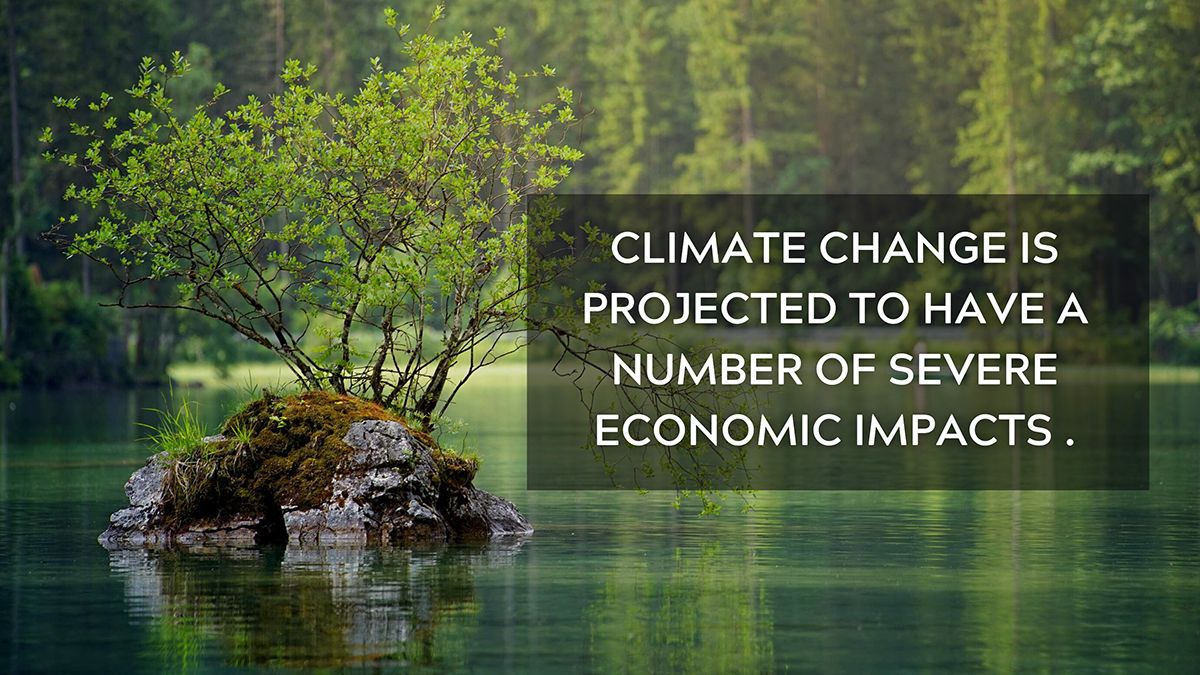
The new IPCC report launched on the 28th of February shows that climate change is projected to have a number of severe economic impacts. For instance, in Asia, water-related impacts of climate change on all sectors of the economy are projected to reduce gross domestic product (GDP) by approximately 1% in high-income countries and by up to 3% in low- to middle-income countries of the Asia by 2050 unless there is adaptation or mitigation.
This report particularly focuses on what the economies tend to do and what the countries can do to adapt to climate change. The findings are very clear that while there are a lot of adaptation options that have already been used by various sectors of the economy like agriculture, industry, energy, etc, the reality is that even many of these adaptation options will not remain effective at higher levels of warming, especially levels of warming above 1.5˚C from the pre-industrial times, which basically means that we would also have to mitigate. We would have to reduce greenhouse gas emissions. This has to be done in a way that is sensitive to these kinds of GDP losses, which are any kind of losses to the economy that would be borne mostly by the poorest segment of the population. We're already very vulnerable.
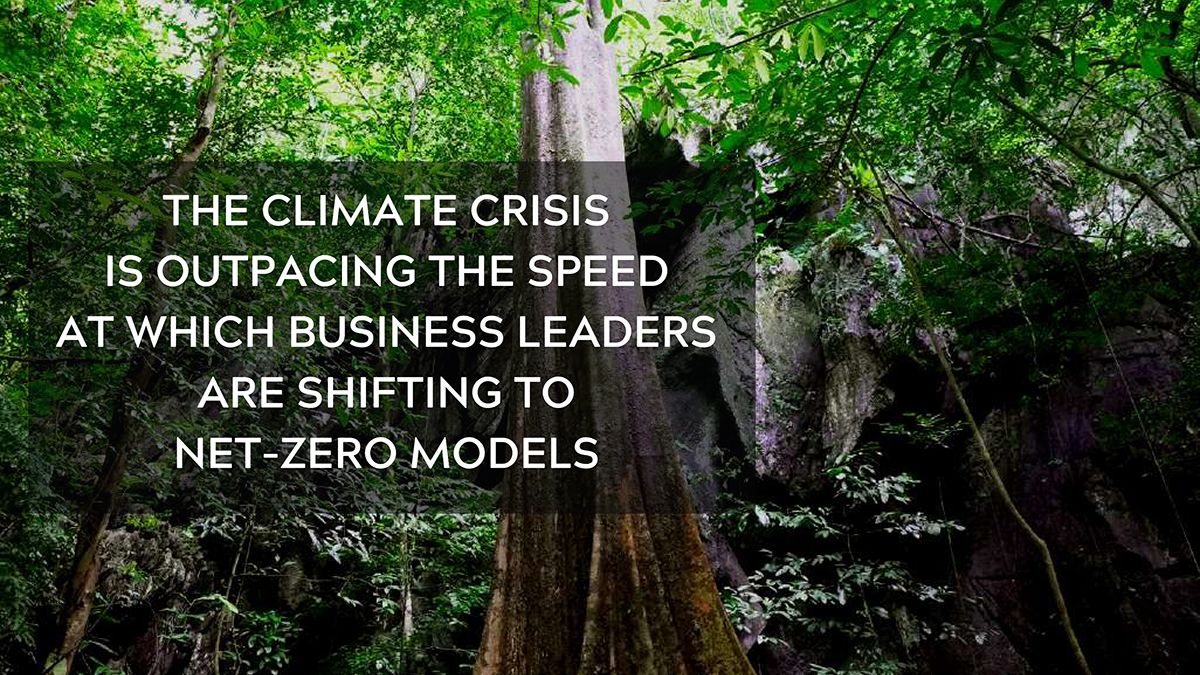
Majority of business leaders have basic maturity in transitioning to Net Zero Business Models
The climate crisis is outpacing the speed at which business leaders are shifting to Net-Zero models
The message from leading executives is clear. CEOs who are not shifting to net-zero business models are putting their companies at risk.
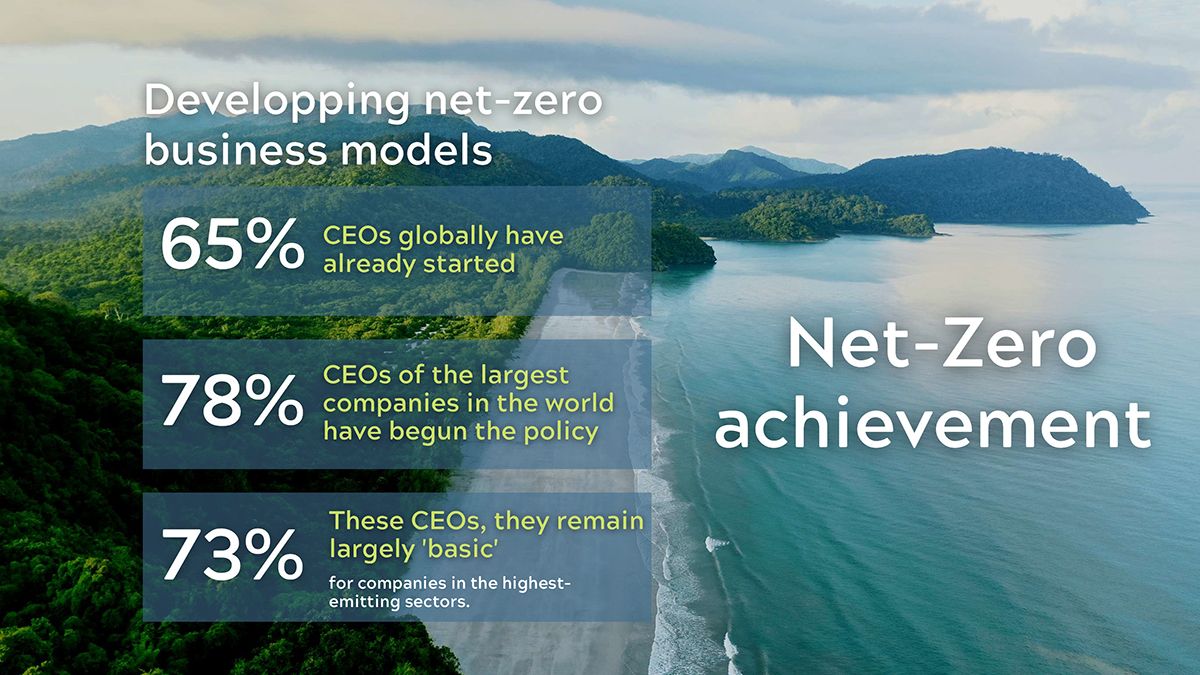
While 65% of CEOs globally say they have already started advancing net-zero business models and solutions. Companies with annual revenues in excess of USD 1 billion are further along the journey. That is, 78% of CEOs of the largest companies in the world say they have begun advancing net-zero business models and solutions
Those who pollute the most must be held accountable for their actions and should protect the poorest who are being hit hardest due to their emissions.
It is important to take all of this as motivation rather than just bad news. We have to take action now and the more we wait, the more irreversible changes are going to be in the near future and they are going to impact all of us.
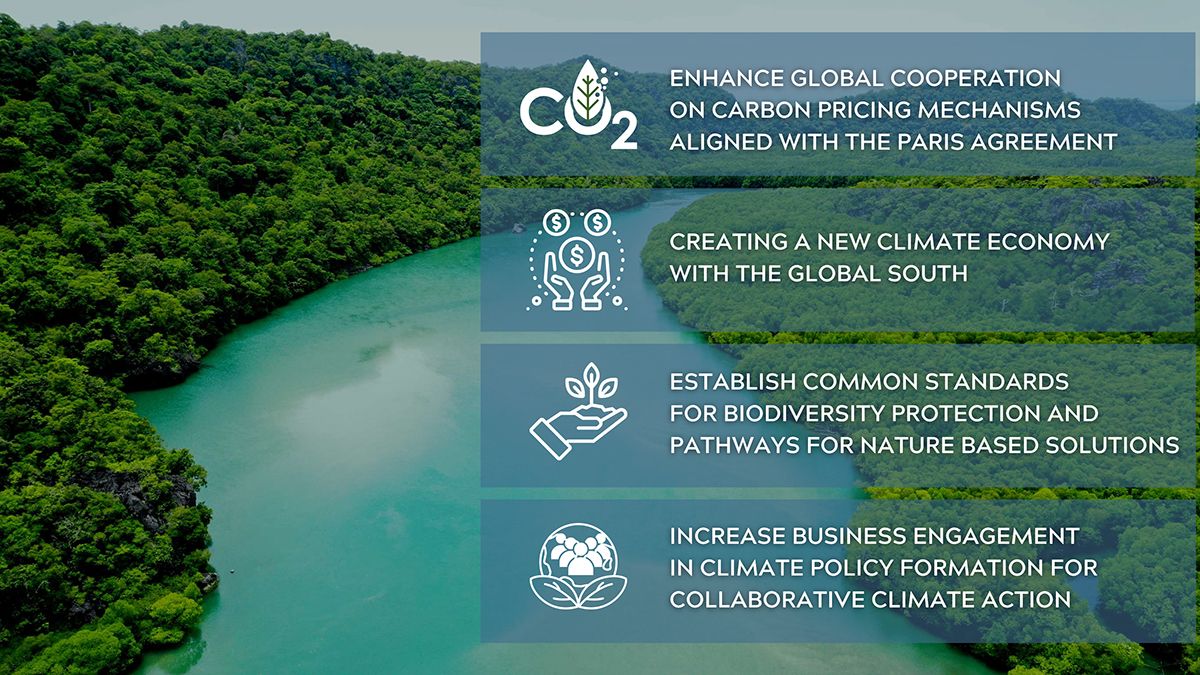
This IPCC report also highlights two ways to go about this: “Adaptation and Mitigation”. However, constantly investing in ideas that help us adapt to whatever disasters nature throws at us, is a very short-term approach to this problem. Instead, we should strive to combine both adaptation as well as mitigation to bring about transformational changes. This holistic approach is called climate resilient development, and this is arguably the key takeaway from this report. Although this report is very grim, it is important to take all of this as motivation rather than just bad news. We have to take action now and the more we wait, the more irreversible changes are going to be in the near future and they are going to impact all of us.
Many adaptation options won’t be effective at higher levels of warning.
According to the assessment, several big cities of the world are at risk. The report warned that Bangkok could face flooding due to rise in sea level. The panel also warned that the ability of humans and that of nature to adapt to climate change was at risk. And they may not be able to adapt anymore if there is further rise in global warming. This is a reminder that we, the Thai people, are living in highly vulnerable areas.
The social cost of carbon emissions is estimated to be the highest at $86 per ton of CO2 in India. It means the Indian economy will lose $6 by emitting each additional ton of CO2. India is followed by the US, where the economic damage would be $48 per ton of CO2 emission. Saudi Arabia is close behind at $47 per ton of CO2 emission. The report also flagged that the world will see a rise in vector borne diseases like dengue and malaria, and it also claimed that climate change will lead to an increase in mental health issues.
The report also contains a list of all the sustainable solutions, and how cost-effective each alternative can be?
It turns out that solar and wind energy not only have huge decarbonizing potential, but also save us a lot of money. On the other hand, in the case of technologies, such as “CSS” or Carbon Capture and Storage or Carbon Capture and Sequestration, as you want to call it, essentially it is the process of artificially capturing CO2 before it escapes into the atmosphere in order to store it underground for centuries to come. It's a hit or miss option to rely on for combating climate change, because the technology that we have at this point of time is very inefficient and it costs a lot of money. In fact, according to the report, it is the most expensive alternative, with relatively low potential.
How much can we rely on the CDR (Carbon Dioxide Reduction) technologies?
One of those options is with regard to land-based solutions or land-based mitigation. For instance, reforestation and reducing deforestation could be a part of this, because it contributes to the capture of carbon — in that case, the biological sequestration of carbon. And in that sense, it has a positive effect in terms of contributing to mitigating climate change. The positive size of this CDR technology also has adverse effects in terms of the impacts with regard to other land uses, for instance, food security, but also with the soil and the health of those ecosystems. It implies that soil deterioration can have negative effects when it turns to large scale.
These CDR technologies are not only considered for land-based responses. There are other options as that are also mentioned in terms of the ocean geological sequestration and so on. So that's the kind of thing where we need the policies in place, to actually make it work and make it equitable. We can also pick areas of combat, converting agricultural land for planting trees that could displace people and interact with land tenure systems. So, these are the kind of issues that need to be managed on carbon dioxide removal.
There are diverse approaches, technologies and measures that count as carbon dioxide removal and they all need to be addressed very carefully. Some are very engineering-oriented and technical and each has its own challenge. In the land-based ones, we need to look out very carefully for social equity. Just transition kind of issues.
************
Mitigation measures carry risks related to land and water scarcity.
But many of the mitigation options themselves are something that, from a land or a water perspective, can make some of those impacts even worse. Some of the very common mitigation measures, like afforestation, reforestation or bioenergy, for example, can take away land meant for agriculture, and that is quite an important issue in places where land is scarce and there's a food security issue. So, even if our mitigation be lasting solar parks or any of these other mitigation measures, we have to be very careful that the pursuit of mitigation is such that the data doesn't compromise with resources in countries with land and water insecurities.
This means mitigation is necessary for adaptation to take place.
Since your responses tackle climate change on the basis of the findings in the IPCC reports, the panel has now clearly said that if the temperature rises past the 1.5˚C threshold from the pre-industrial times, several changes could be irreversible and the 2˚C target could be disastrous. So, the government should ensure that sources of funds and political commitment should not come in the way of keeping the global temperature in control.
Business people, we must strive to reach net zero by the third quarter of this century or by 2065 in Thailand. Then there is hope. Replace fossil fuels with renewable energy as soon as possible, now more than ever before. Even oil prices are changing almost every day. Rising oil prices is just a bullet in our journey to the path to net zero. Sooner or later, we must realize that this net-zero path would be independent of changes in oil prices. Our data supports that working group. There are three reports indicating that for the last ten years, the CO2 intensity has declined globally, regardless of changes in the oil prices, which is very volatile. So, we wish to convey that message to the world.
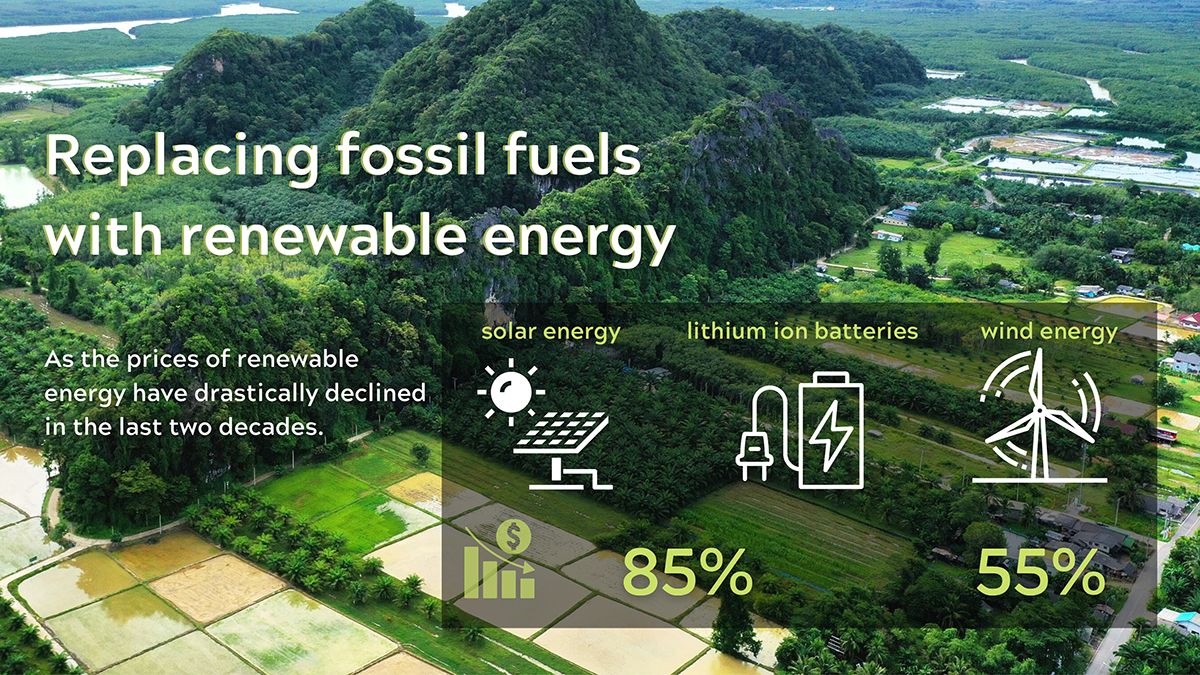
The prices of renewable energy have drastically declined in the last two decades. The cost of solar energy and lithium-ion batteries have dropped by 85%, and wind energy by 55%, and as a result, we are seeing them being implemented more and more, day by day.

Technology development, Technology transfer.
If we want to advance in the direction of limiting the warming in those directions, taking into account the ambitious goal of 1.5˚C, particularly in terms of mitigation which is the mandate of the prescribed policy, the Thai government needs to remove the barriers that we need to address properly, as part of a mindset for further progress.
The effectiveness of the mitigation measures on climate change.

Now the major barriers to achieving the transition needed are social behaviors and finance.
It’s crucial in the financial debate on climate change for finding a solution, or responding to climate change with regard to the social issues once we analyze the demand side and the demand of the social aspect of mitigations. There is a huge potential for reducing emissions on the demand side, and in that sense, social aspects in terms of changes in behavior. And the other social elements could contribute to this huge potential in terms of demand side actions. But, of course, they are talking about barriers as those associated with social behavior.

The Thai government needs to remove the barriers for further progress.
- Highlight the diversification of material inputs in products and operations
- R&D investment dedicated to climate résilient solutions
- Digitizing the entire value change with advanced technologies
- Divesting from existing fossil fuel investments
They are much more vulnerable as small island developing states and the less developed countries. There is also an extensive gap with regard to the existing financial flows, oriented towards climate action, and the requirements to limit warming to 1.5˚C or 2˚C. And in contrast to this gap, there is capital and liquidity available.

Investment financing. How to close that gap and get enough money moving into the kind of mitigation projects?
The public money can't do it by itself. Governments of developed countries have not met their $100-billion a year assistance goal, but the money that is actually needed is in the trillions. So we need to get private sector money going as well, and the important thing is that the public sector and governments use the money properly. In order to incentivize private sector investments, the challenge for many developing countries is the high cost of capital. So, governments need to put in place steps and use instruments that bring down that cost of capital to make the projects more investible. And that means offering loans, export credit to make sure that the projects become investible and that's got to be a big part. It's not just about public money coming through, which may be important especially for adaptation projects, but from the mitigation side it's about reducing the risks of investing in the projects from pension funds, insurance companies.

The connection of the climate change response to the Sustainable Development Goals
With the articulation, these are two sides of the same coin. We necessarily need to think in terms of an accelerated response to climate change and accelerated mitigation as part of that response. But this accelerated process should also be equitable.
And this is a signal for the government, for the international community, and the community, also in terms of international cooperation on finance and technology. The key aspect is to properly address the needs of developing a country to fully participate in this global response to climate change.
Besides changing our behaviors that affects the long-term goal, it needs provision of and access to technology. For a company to go about getting reductions in demand and emissions done in the long-term needs planning. It needs investment in infrastructure. Even though local governments can inflict short-term negative impact on vulnerable low-income groups and small and medium-sized enterprises, how can central governments avoid having such an impact going forward?
If you are a corporate sustainability leader or aspire to be one, we invite you to join our membership.
*********************************
source: IPCC AR6 WG2 Report (28 Feb 2022)
Most Popular








